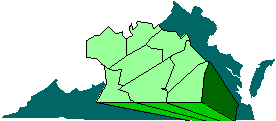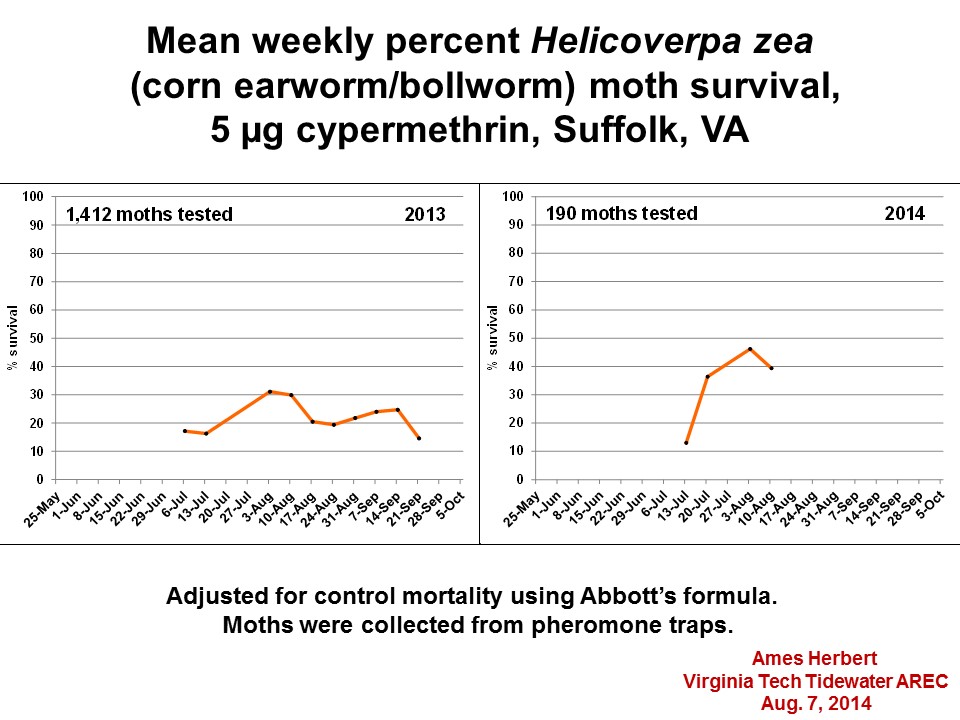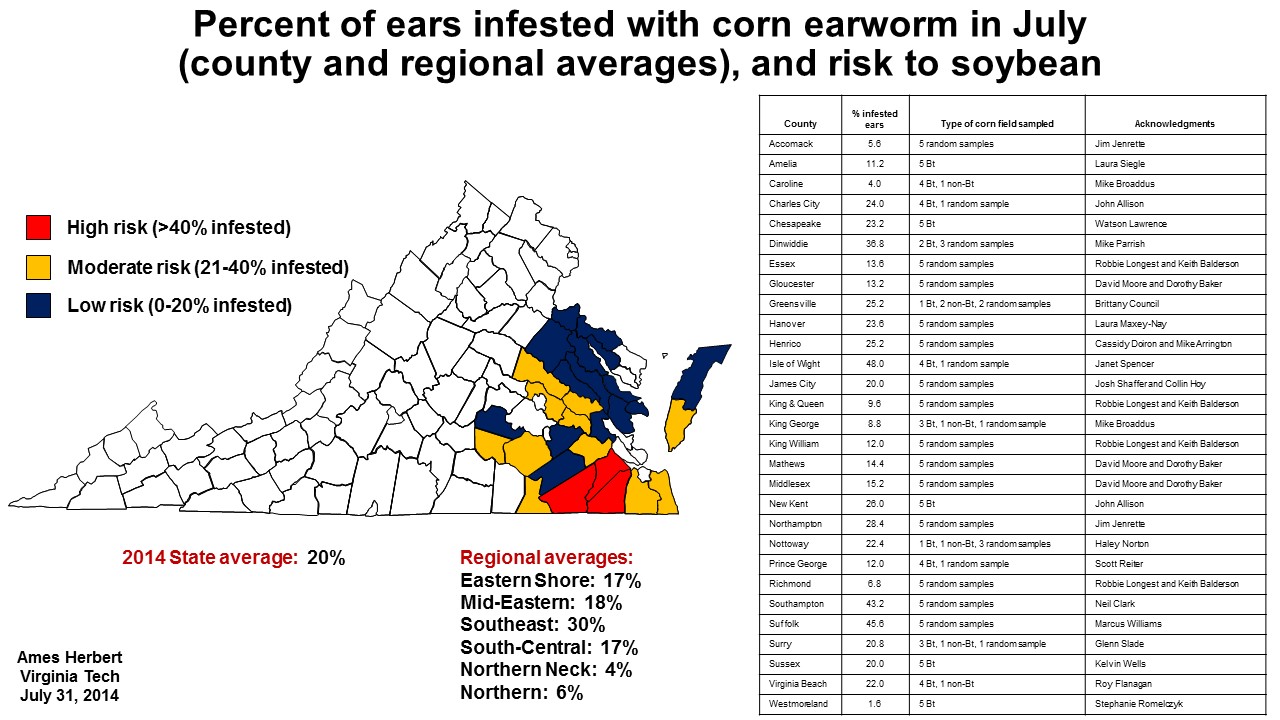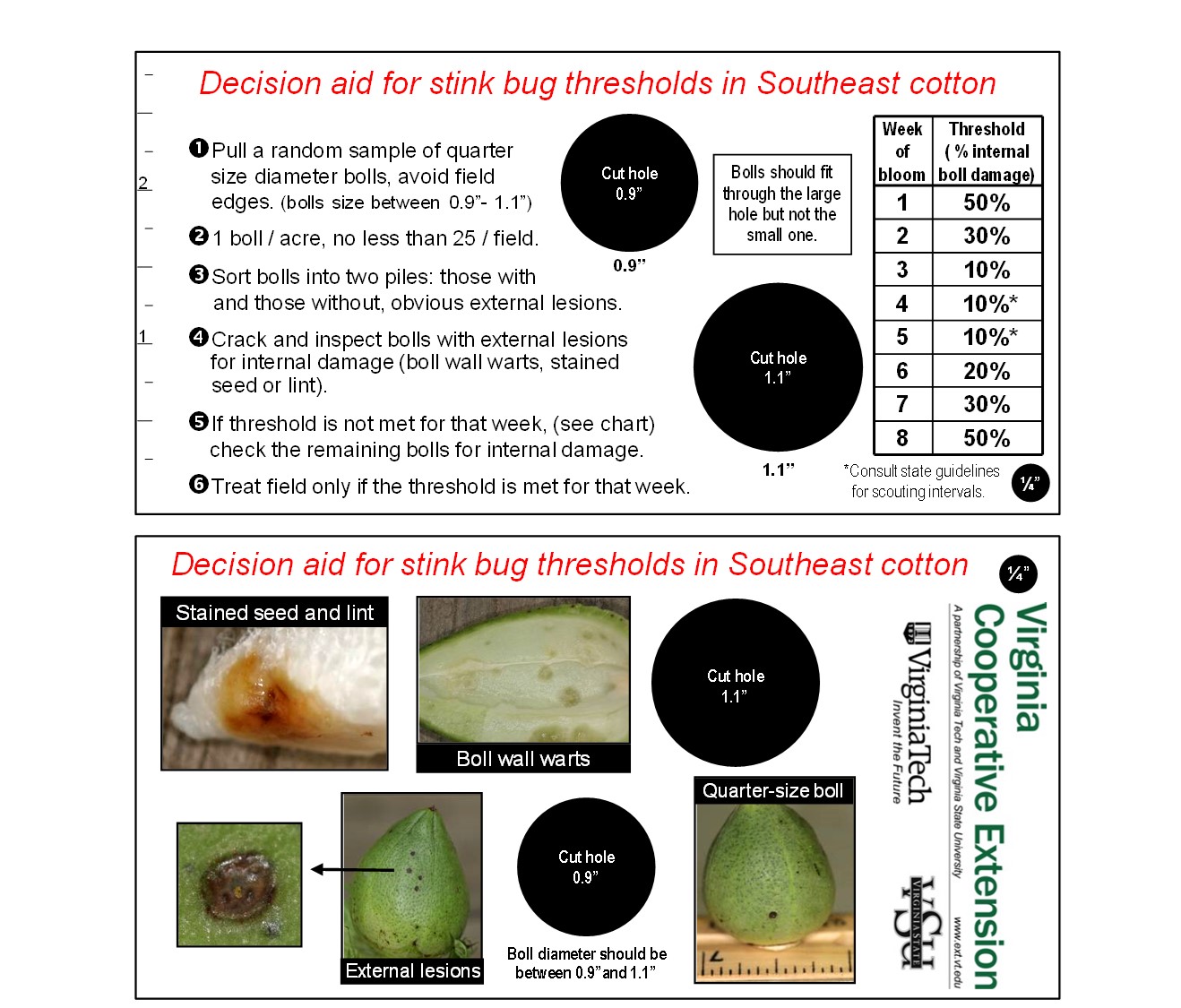There is a lot of conversation about the big Lygus bug outbreaks in northeast North Carolina cotton, and that the pest is moving north. The first part is true. There are areas in NC that are experiencing Lygus bug pressure, especially in their eastern blacklands and in cotton fields near potato fields. The second part is not true. Lygus bugs do not migrate from south to north but are a localized pest that moves from host plant to host plant based on factors like—when the alternate host plants dry down (like weeds) or are harvested (like potatoes).
First, let’s be sure we know what bug we are talking about. Lygus lineolaris, or tarnished plant bug (a. k. a. —Lygus bug or plant bug) is a very common insect in our area. Small numbers of adults and nymphs can be found on almost any weed or crop that flowers. It is a small insect, about ¼ the size of an adult green or brown stink bug, that feeds in a similar manner to stink bugs by inserting its small beak into squares and bolls to extract plant fluids. Feeding can kill small squares and cause stink bug-like injury symptoms to small bolls. Lygus bugs can be a sever pest of cotton in some areas of the US like the Delta and Mid-south cotton states where growers battle this pest with 4 to 8 or more sprays each year. Infestation levels in the eastern states have always been much, much lower. Jack Bacheler, before he retired from NC State, used to quote total percentage cotton acreage treated annually for Lygus bugs to be on average only about 1 – 2 percent. In Virginia, I have only encountered or heard about a very few fields that were infested at levels that warranted treatment. The most recent was last summer on our Eastern Shore where a cotton field next to a potato field was damaged extensively when the Lygus bugs migrated out of the potatoes after they were dug. This is a ‘classic’ case, and one that occurs a lot in the potato production area of northeast North Carolina.
So, this ‘mysterious’ Lygus bug pest is not—mysterious, that is. We understand it, and we have good methods for determining if it is a real threat to a field. To scout for Lygus bugs you need to 1) check for missing squares (percent square retention), and 2) check for presence of adults or nymphs. Neither alone will give you the whole picture. You need to do both—check for missing squares, and check to see if bugs are active. Checking for only missing squares can mislead you because other stresses in the environment can cause small squares to shed (e.g., extreme heat, drought, periods of cloudy weather). Documenting the presence of Lygus bugs does not give the whole picture either because adults are extremely mobile and can rapidly move in and out of fields. Sometimes they may be present, but not causing square injury or loss.
Weekly checks of upper square retention is the most efficient way to assess if Lygus bugs can either be ruled out as an economic concern at that time or if sweep netting for the adults and nymphs is needed. An upper square retention rate of 80% or more usually indicates that Lygus bugs are not present at damaging levels. In most years in Virginia, percent square retention is very high – often in the mid to upper 90’s. A recent (July 1 and 2, 2014) check of 8 randomly selected fields showed they had greater than 95% square retention. If upper square retention is less than 80%, you should use a sweep net to sample in eight to 10 locations in the field away from the edge, looking for live adult and immature Lygus bugs. If a field has less than 80% square retention and an average of eight Lygus bugs per 100 sweeps, a spray is needed at that time. Remember that when cotton is approximately one week into blooming, a five-foot black beat cloth is a more accurate sampling devise than the sweep net for Lygus bug, especially the nymphs which show up as almost florescent green on the black cloth background.
If a threshold is met and a treatment is needed, here is an example of a spray plan shared by NC State. For the first Lygus bug spray pre-bloom, at squaring or first flower, consider using a stand-alone neonicotinoid product (common examples include Admire Pro, Belay, Centric, Intruder, Trimax Pro). These are generally softer on beneficial insects so conserve them. If Lygus bugs are still a concern later on, or require a second spray, first check to see that aphids are not common in the field. We have been lucky in VA with having very little aphid pressure in cotton in the last few years, but if aphids are present, you should not use a neonicotinoid again. Switch to a product like Carbine, Transform, or one of the more effective pyrethroids. If aphids are not a concern, you should still not use a stand-alone neonicotinoid product for a second spray, but should switch to one of the pre-mixed products (like Endigo, Leverage, Swagger, etc.) that also contain a pyrethroid, or an organophosphate/carbamate-only product (like Bidrin, Orthene, Vydate, etc.). Many of these products are also effective against stink bugs; eliminating stink bugs can be beneficial during the period of boll formation. The downside to these products is that they kill beneficial insects and put the field at higher risk for bollworm and spider mites—so if any of these products is used, be sure to scout these fields later in the season.





